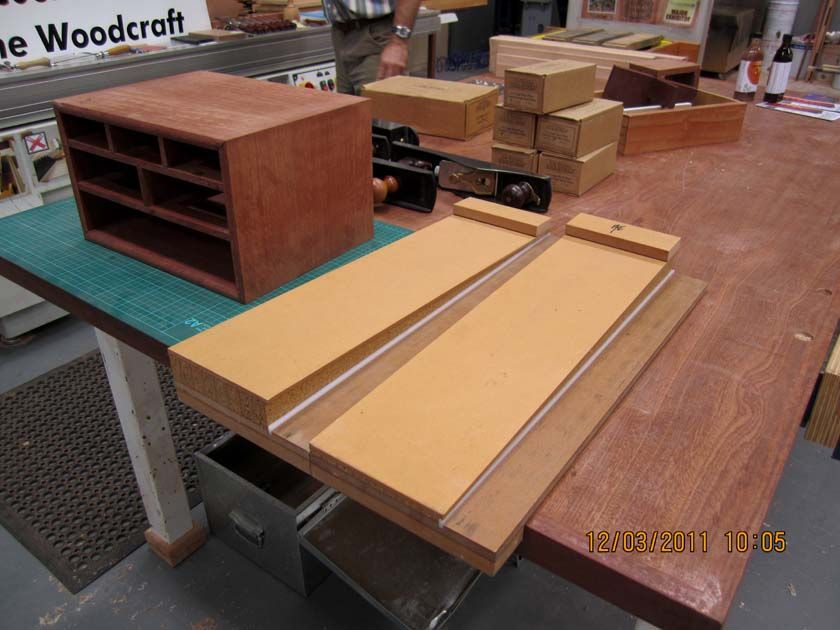For those contemplating purchasing the new Veritas Shooting Sander (and take advantage of free shipping), I worked out that if you buy the normal PSA sandpaper rolls that Lee Valley sells, the price is reduced from 50 cents per sheet to only 20 cents.
You have to cut the piece in half of course as the PSA roll is 2-1/2" wide whereas the Shooting Sander uses 1-1/4" wide x 9" long pieces.
Anyway, if you google "Veritas Shooting Sander" and click on images, Chris Griggs' avatar is on the first page.





 Reply With Quote
Reply With Quote

 But so far, i havent gotten convinced that i need this one. Ive got to be missing something.
But so far, i havent gotten convinced that i need this one. Ive got to be missing something.








